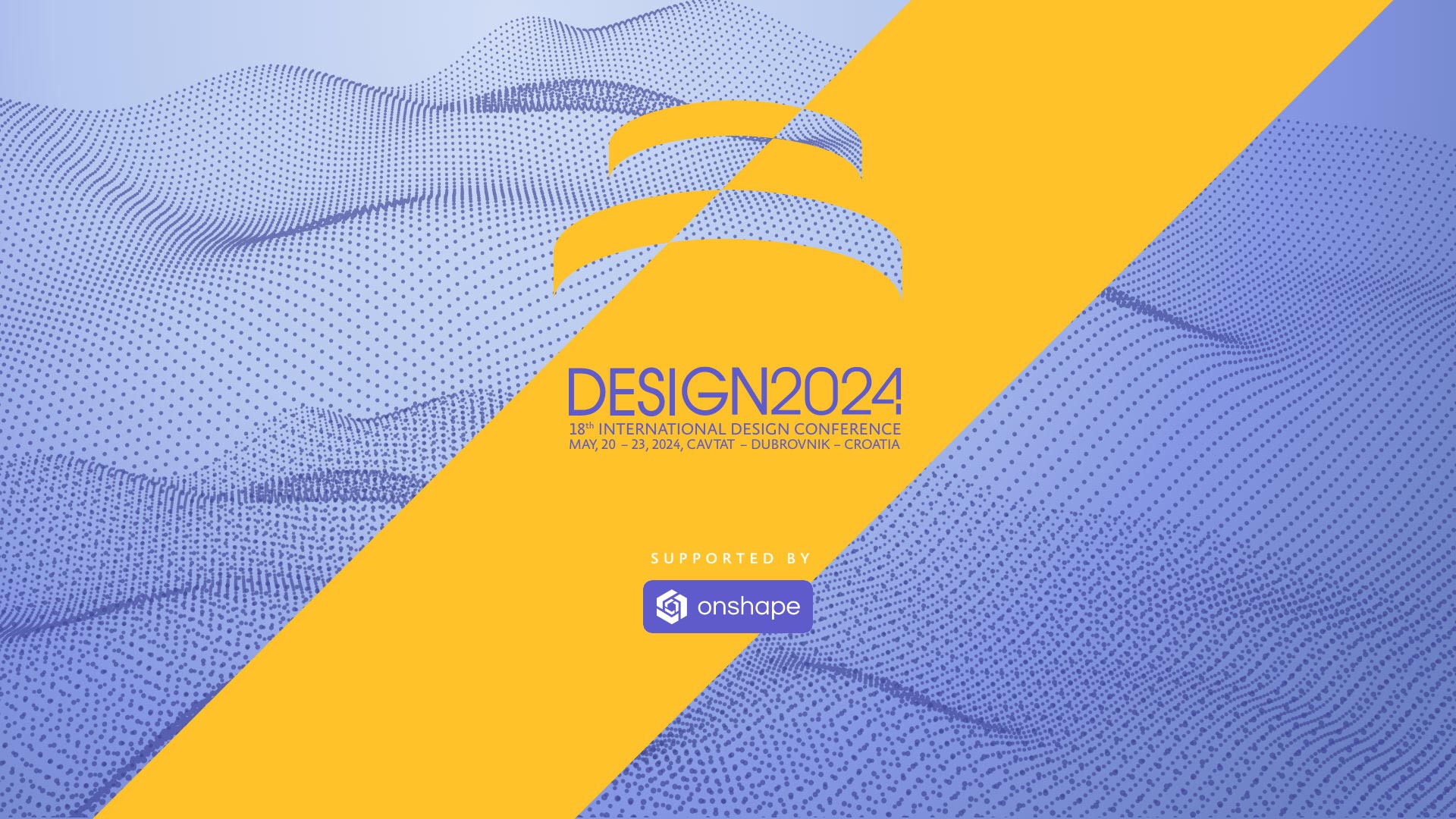Debate Teams:
- Saeema Ahmed-Kristensen (University of Exeter, United Kingdom) and Martin Steinert (Norwegian University of Science and Technology, Norway)
- Jonathan Cagan (Carnegie Mellon University, United States of America) and Valeria Pannunzio (University of Cambridge, United Kingdom)
In the dynamic realm of design, the dialogue between tradition and innovation remains pivotal. The DESIGN Conference’s 5th Design Debate, themed “Product is Dead. Long Live Systems!”, is set to catalyze this conversation. This session is not just an event; it’s a testament to the evolving paradigms within design research and practice, offering a platform for rigorous discourse on the shifting focus from individual products to complex systems.
Historically, the debates have traversed various dimensions of design – from advocating for the development of tangible products, technologies, and services over abstract theories, models, and methods, to scrutinizing the current state of design research’s preoccupation with descriptive analysis over innovative design methodologies. A critical reflection has also been cast on the essence and impact of design methods formulated by researchers for the engineering design practice, alongside a call for a more empirical learning approach from real-world practitioners as opposed to theoretical experimentation with students.
This year’s edition promises to be especially provocative, challenging the conventional priority given to product design by advocating for a systemic perspective that better reflects the interconnected and multifaceted challenges of today’s world.
The debate is more than a mere exchange of ideas; it’s an invitation to the design community to reflect, question, and possibly reorient their perspectives on the essence and direction of design research and practice. As we prepare to embark on this intellectual journey, we invite all attendees to engage actively, bringing their insights, questions and reflections to what promises to be a landmark session in the discourse of design evolution.
Format:
- The topic will be proposed and then opposed (approximately 8 minutes each).
- Supporting statements, seconding the two viewpoints, will then be given (4 minutes each).
- The floor (the audience) will then be invited to question the proposers and opposers.
- A single final statement will be made.
- A vote will then be taken to determine which side has “won” the debate.
Originally posted: DESIGN 2024 Conference website





